Creating Your First CSP Illustration Part 5 Finishing
Hello! My name is Liz Staley and I’m a long-time user of Clip Studio Paint (I started using the program back when it was known as Manga Studio 4!). I was a beta-tester on the Manga Studio 5 program and for Clip Studio Paint, and I have written three books and several video courses about the program. Many of you probably know my name from those books, in fact. I write weekly posts on Graphixly.com and on CSP Tips, so be sure to come back every week to learn more Clip Studio Tips and Tricks from me!
After five articles, it’s finally time to put the finishing touches on the image I’ve been working on through this series of walking you through the tools to create your first illustration in Clip Studio Paint! This week, we’ll do some basic lighting with Shading Assist, finishing up shading and highlighting, and then export the image for the internet!
In this article we will cover the following topics:
Using Shading Assist
Shading and Highlighting
Exporting for the Web
Let’s color and finish up our drawing!
Using Shading Assist
The Shading Assist tool is awesome, but I still feel like it has a long way to go before it can totally replace manually shading and highlighting images on your own. Especially with my art style, it doesn’t seem to ever quite do the shading in a way that I don’t have to touch up. But I do find that it’s a great jumping off point, especially if you aren’t sure how to select colors for things like different colored lighting, nighttime scenes, etc.
To start up the Shading Assist tool, make sure you are currently on your flat colors layer, then click on Edit - Shading Assist.
From here the Shading Assist options window and the shading controller will show. For this image I chose the Stage Light preset option. Then I made sure the Light Source type was set to Ball Light so that it would look like the light is coming from the playing card. The blue ball shape in the screenshot below indicates the light source and the intensity of the light, so I moved it to where the playing card is as well.
If you have your line art layer set to the reference layer, make sure that you check the “Refer to lines on reference layer” checkbox near the bottom of the shading assist window to take those lines into account in the shader! This makes the shading a little more accurate, but I still find for my art it’s not perfect.
For more information about using Shading Assist and a full breakdown of options, check out my previous article here:
Shading and Highlighting
To finish up the coloring process, I first put the layers created by Shading Assist in to their own layer folder to keep things organized. Then I create a new layer called Shading. Right-click on the flat colors layer and select “Create selection from layer” to select the color area. Then, on the shading layer, I filled in the selection with a dark blue color. Set the shading layer to multiply and then lower the opacity.
Now we’re going to add a layer mask to the shading layer. Click on the Create Layer mask icon in the layer palette.
While the layer mask is active, press Ctrl+A to select all on your canvas. Then press delete on your keyboard to make the entire layer mask black. This will hide all the shadow color on the shading layer without deleting it. We’ll bring it back in a moment to make our shadows!
To create shadows, I like to use the lasso selection tool to mark out the shape of the shadows, doing one shadow area at a time.
Then, using the Foreground to Transparent gradient with white as my active color, and while on the layer mask still, drag out a gradient from the darkest area to the lightest. This brings back the shadow color while applying a nice soft transition in the shadow shape.
If you have trouble shading the face and you used a 3D model for drawing, remember that you can use that model as reference for lighting! When using a layer mask like this for shading, in addition to using the lasso tool and gradient, you can also use the blend and blur tools to create softer transitions between the midtones and shading, as I’ve done on the right cheek in the screenshot below.
Once the shading was done, I wanted a bit more contrast in the shadows. To achieve this, I duplicated the shading layer. Then, to create the highlights I duplicated the shadow layer again, then set the layer’s blending mode to Overlay. I changed the dark blue color on the layer to a very light blue, then cleared the layer mask again and repeated the lasso and gradient tool process to make the lighter areas.
To learn more about this layer mask shading method, you can look at my previous article on the subject at this link!
For a bit more lighting, I created another new layer above the line art layer. Set this layer to the Add (Glow) blending mode.Then I took a very light blue color and the soft airbrush tool and used them to create some very bright highlights on the areas closest to the glowing card.
Lower the opacity of this lighting layer to about 40% to make the effect a little more subtle.
With a background and one more layer for hair highlights added, it’s time to export the illustration to share on the internet!
For detailed instructions on exporting your work, including adding a watermark to protect your image, you can check out my previous article here:
Conclusion
It’s been a long five weeks of articles, but I had a great time working on this illustration from start to finish and sharing the process with you! I hope it helped you get started with Clip Studio Paint and that you feel more confident creating with this awesome program!
For more information on CLIP Studio Paint, please visit https://www.clipstudio.net/en or https://graphixly.com
















Kommentar